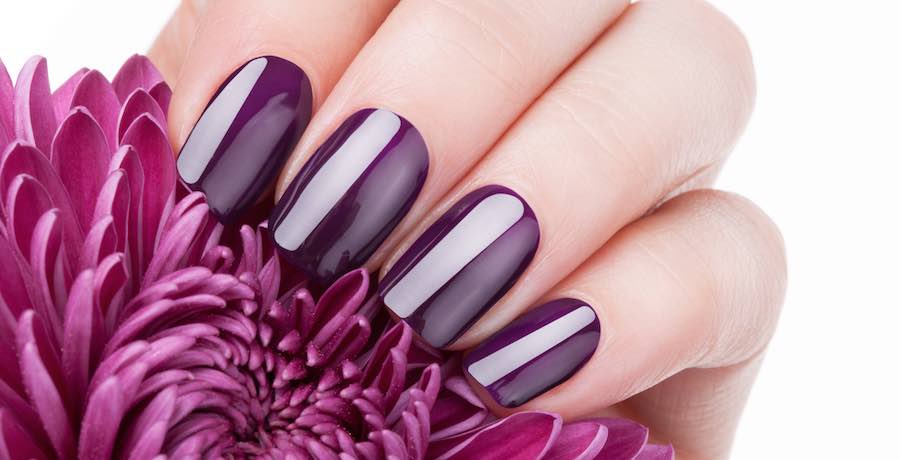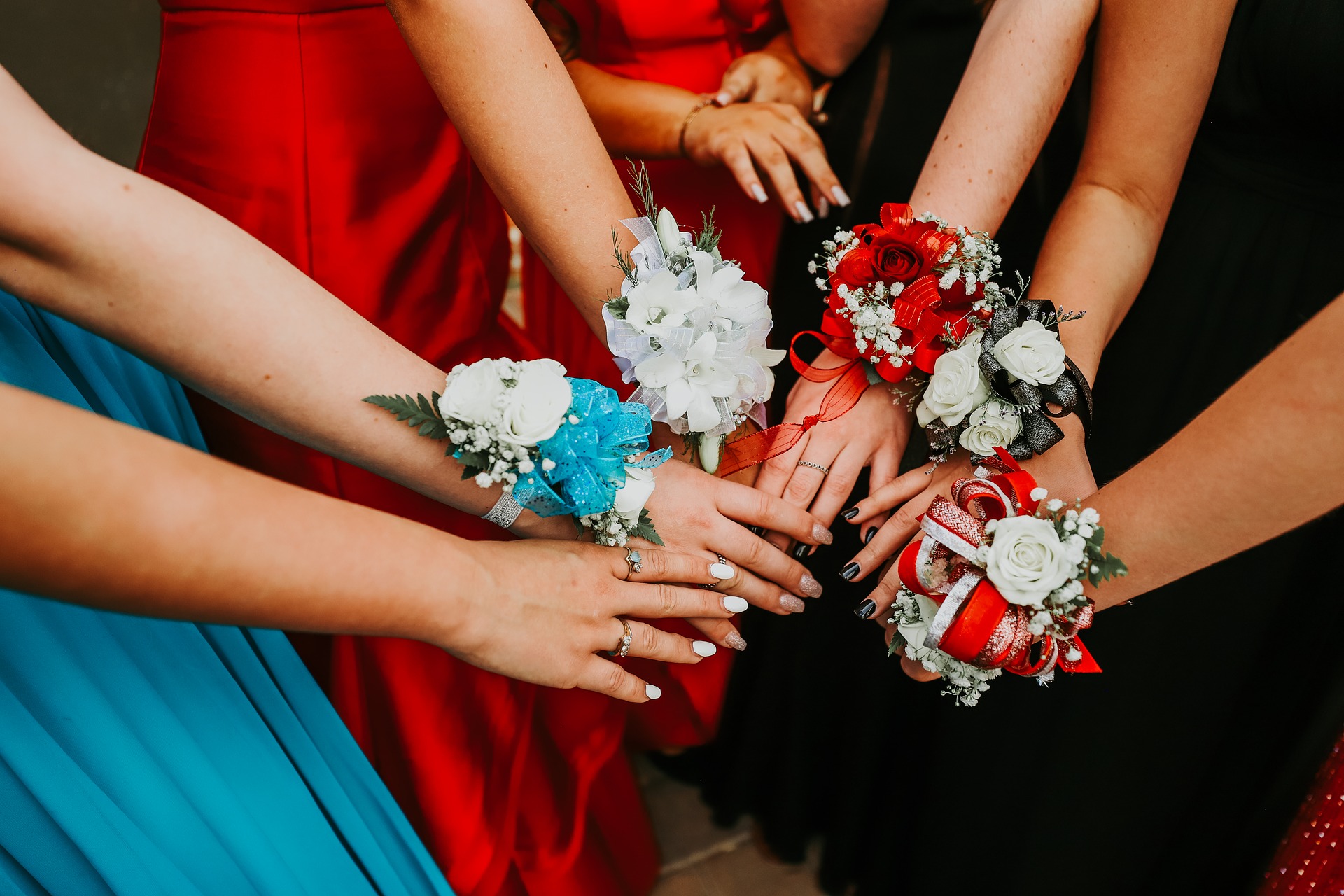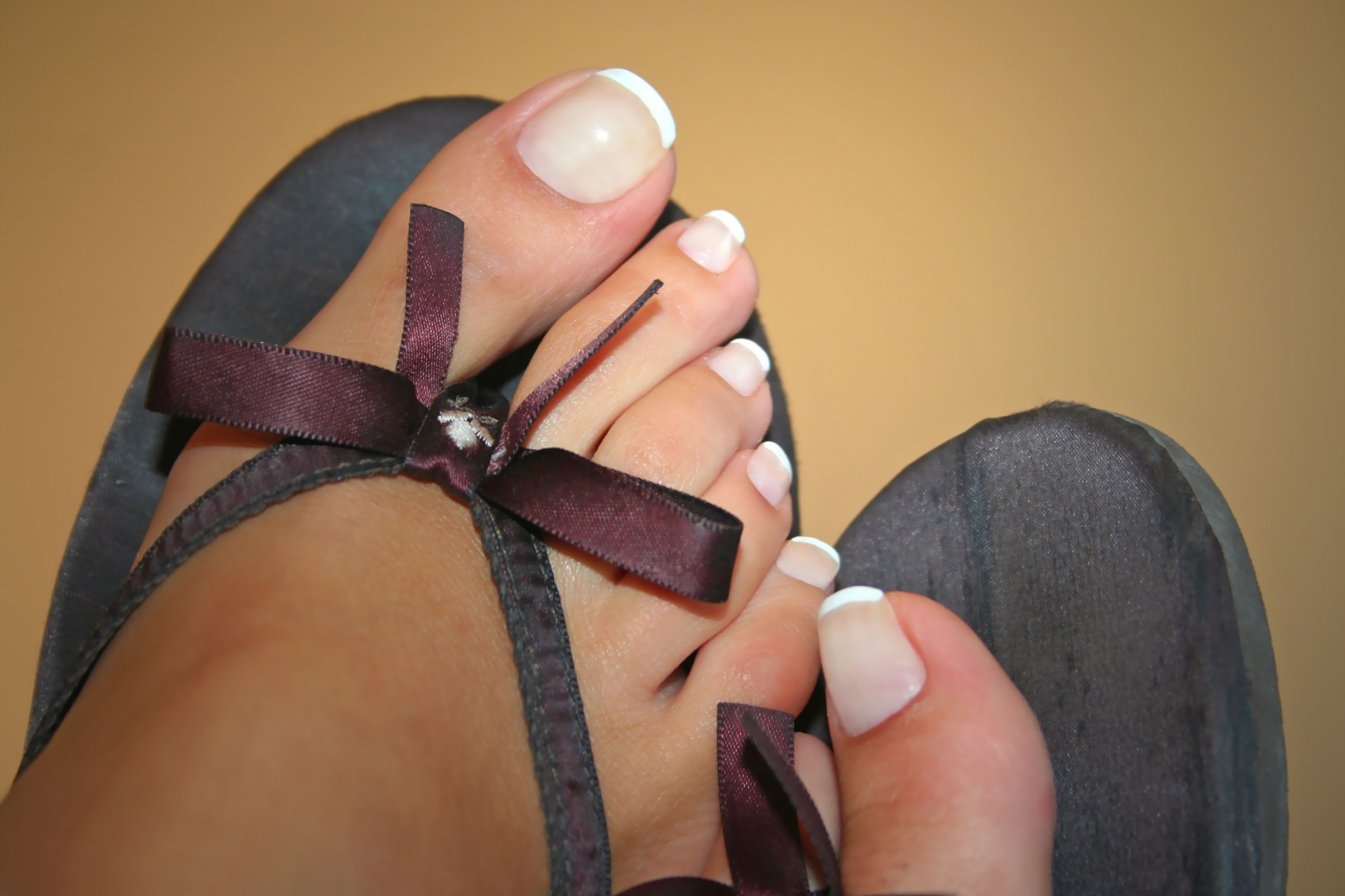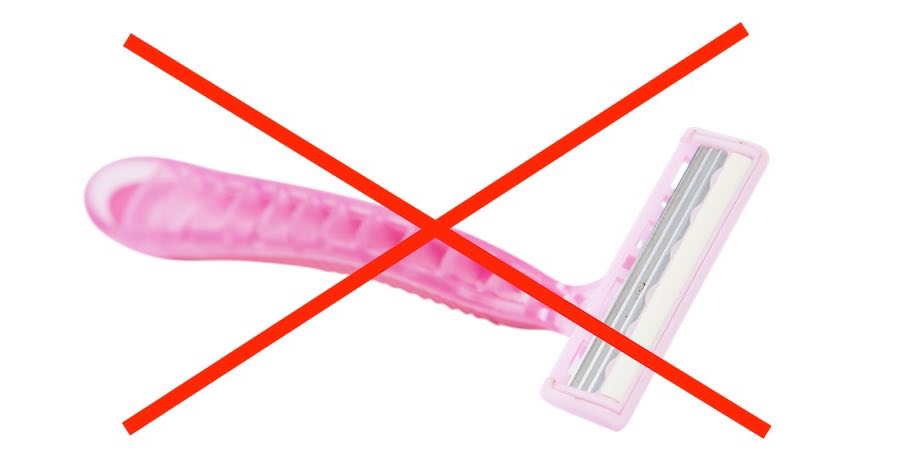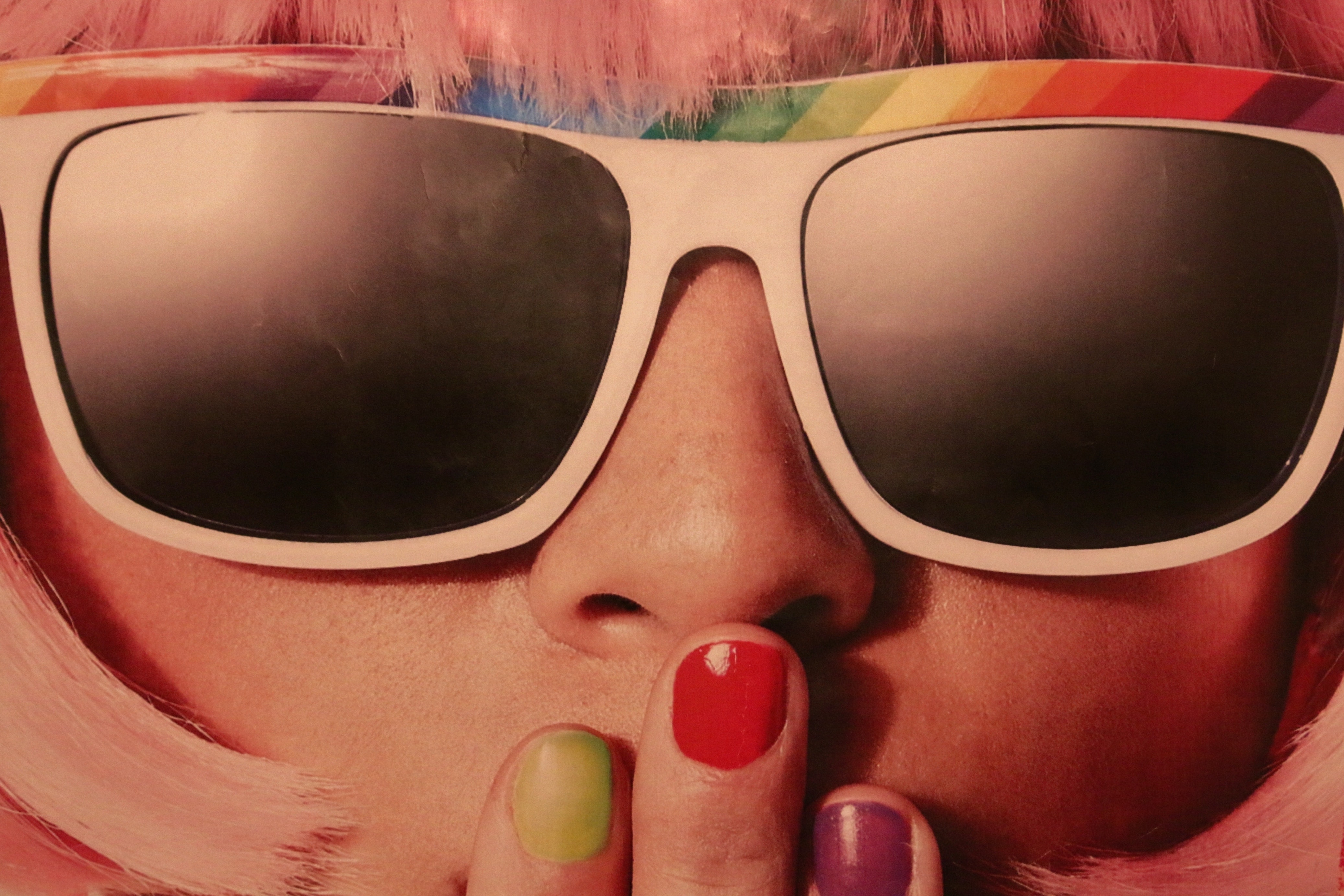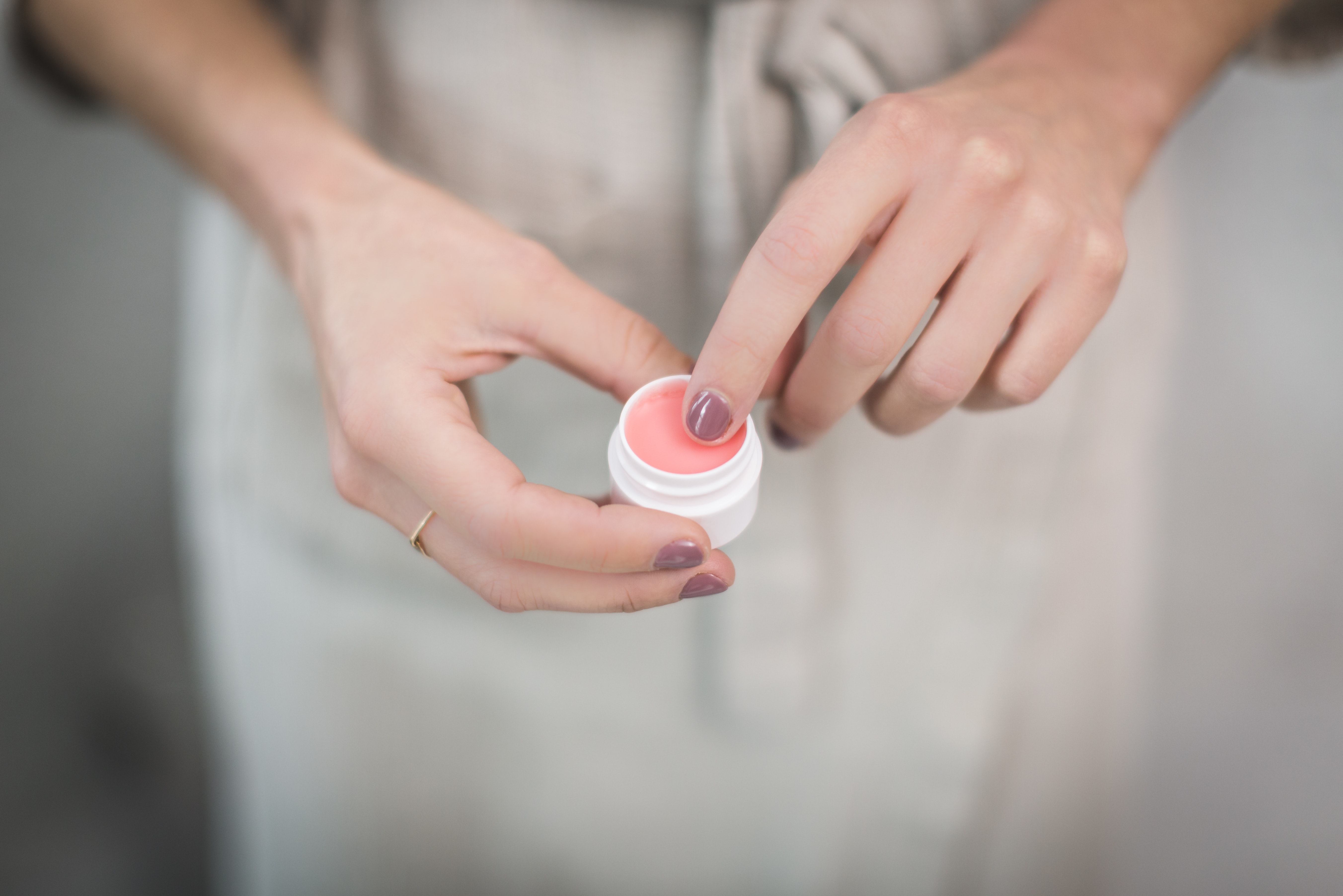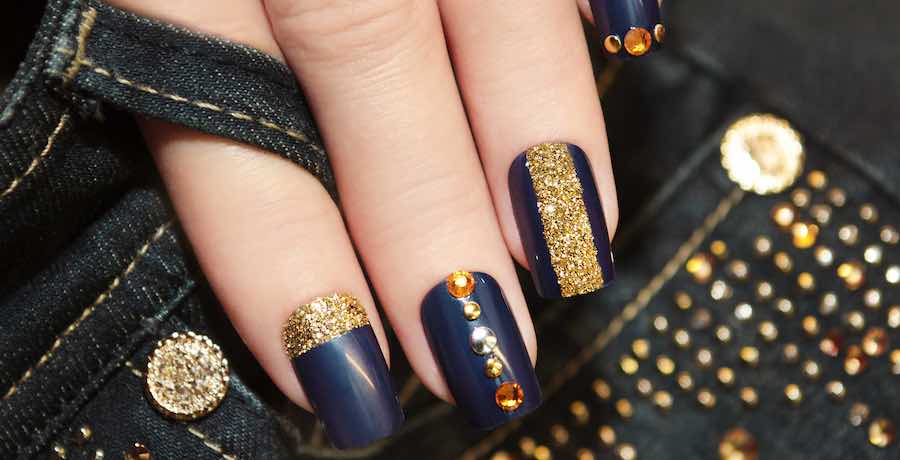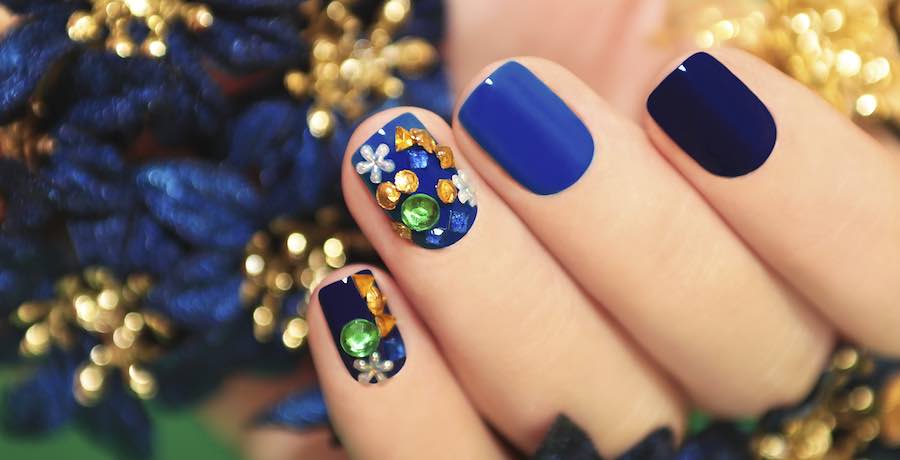A Brief History of the Manicure
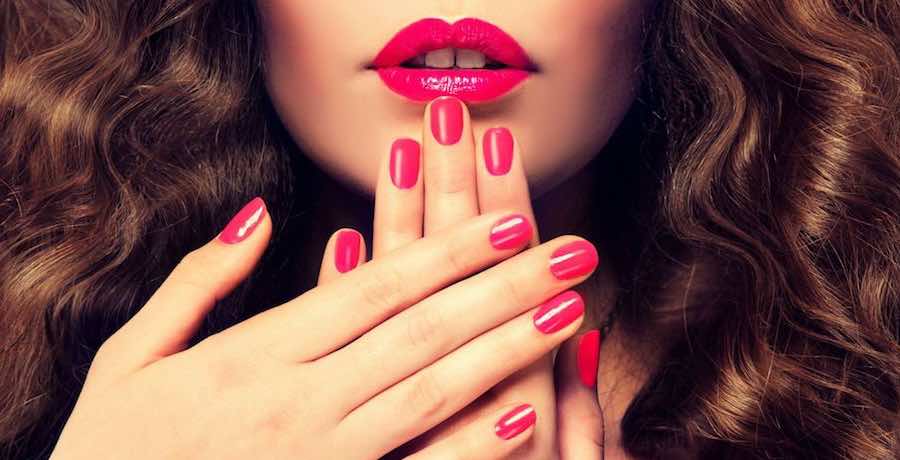
It’s been a tiring week. Work was hard and long, the hours seemed much too short, and you’re just plain exhausted. There’s just one thing that’s going to make you happy: plopping in the manicurist’s chair and relaxing as your nails are carefully prepped and buffed to perfection. Bliss – it’s the perfect way to unwind. But have you ever wondered where manicures originate from in the first place? Well, strap in for a short history behind your gorgeous talons.
Manicure is an art with an ancient history indeed. The word derives from the Latin “manus”, meaning hand and “cura”, meaning care. Manicures today have come a long way from their historical roots, with skin and nail care, diverse painting techniques, medical treatments and procedures, as well as fake nail application. In the past, however, they were often used as markers of social class. Believe it or not people have been manicuring their nails for more than 5000 years!
3, 000 years ago, in Egypt and China, manicures were a symbol of the class you belonged to. In Egypt, they only covered the top of their nails in bright tones. These bright tones were not meant for the peasantry, which only had the option of using paler and more natural tones. Egyptians used red to designate the highest social status. Cleopatra's nails were painted red and Queen Nefertiti's nails glowed violet. Nobility in Babylonia used solid gold tools to give themselves manicures and pedicures – now that’s what we call a royal treatment! Nail polish was even used as war paint of sorts - military commanders in ancient Egypt and Rome would even paint their nails to match their lips before going off to battle. Like a lot of other make-up, nail polish therefore wasn’t as gendered as it is today.
In China, 600 years ago, it was customary for the wealthy to paint their nails in gold or silver. Their nail paints were made out of a mixture of gelatin, wax, rubber and egg whites. During the Ming dynasty, women of the aristocracy painted their nails in black or bright red tones and later wore nail-shaped finger tips wrought out of precious metal in order to highlight the length of their nails, yet another symbol of their social status. And in India, people used reddish brown henna to color their nails crimson.
Flash forward to the 19th century, and nail polish has made some significant strides. At the beginning of the 19th century American fashions dictated short, almond-shaped nails. Women polished their nails with aromatic oils, using a soft cloth. For a rosy tint, women buffed their nails with scented red oil and a chamois cloth. Metal instruments, scissors and acids were used for manicures – not the friendliest sounding tools!
Eventually, manicure tools did evolve. In 1830, the first orangewood stick was created by an European foot doctor named Sitts.. His niece took this a step further by inventing a whole nail care system. The system proved to be both inexpensive and popular, and took off like wildfire in the US, so any woman could use it to care for her nails regardless of income or social status. That’s coming a long way from the days when nail polish was used as a marker of social status! In just a few years, manicure parlors had taken over the States. While a number of large manicuring establishments existed, “visiting manicures” catered to a growing home-visit population. As many men as women were reported to use these in order to have professionals care for their nails.
In the years to come, there would be further developments in the manicure industry.
In the 1920s, the automobile industry developed new paints, which were adapted to cover nails as well. Pink nail polish came out on the market in 1925 and obtained instant popularity. The “lunar manicure” gained credence – it was a popular fashion at the time that involved a stripe of pink nail polish drawn in the center of the nail, while the rest of it is left free and uncovered. In the 1930s, the lunar manicure grew to encompass all tones of red. The fashion then went on to shift towards long round nails completely covered in red.
By 1950 the manicure branch was one of the strongest of the cosmetic industry. Basics of manicure began to be publicly taught by beauticians and hair dressers. With the creation of nail polish removers, the industry grew faster than ever. Brothers Joseph and Charles Revsoni founded the Revlon Company, which produced clear nail polish based on pigments instead of paint. This was a revolutionary stage, since it created the possibility of different shades of color. The Max Factor Company offered a smooth nail polish in the color of turquoise, which pushed nail colors in more directions than simply red.
Acrylic paint was patented by Thomas Slack in 1957 but it was in the 70s that acrylic truly began to abound. This was when the profession of a manicure designer was first defined as a specialist who can paint and pierce nails. These specialists soon became the ones who dictated this field of fashion.
It’s a long way for manicures to have come. So the next time you’re at your nail specialist’s, you can appreciate the storied history that lead to the creation of the parlor you’re sitting at!
In the mood for a gorgeous manicure? Get in touch with our expert staff today at The Nail Pro. Enjoy massage chairs, a relaxing environment, and friendly staff at our Ajax salon.

Recent Posts
